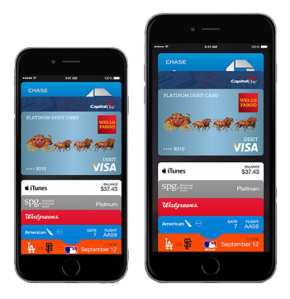We use our smartphones in place of maps,health trackers and cameras, so why not use them to replace our credit cards, too? It’s not like Americans don’t already choose their smartphones when it’s time to shop and bank online.
Yet a 2013 survey from financial services company TSYS (PDF) found that just 6% of Americans valued being able to use their card or cash via a smartphone virtual wallet.
Consumers seem comfortable with credit cards, whether they’re signing a receipt, entering a PIN or waving the card at a contactless payment terminal, and they see little perceived extra value in using smartphones to pay in stores, asserts Rajesh Kandaswamy, an analyst at information technology research and advisory firm Gartner. “Consumers need an incentive to move to mobile payments,” he says. And Softcard mobile payment app (formerly Isis) does that, offering a dollar off every purchase you make with an American Express Serve card (up to 50 transactions
I – Word Understanding
perceived extra value- additional worth of something in the mind of a consumer
incentive – something that encourages a person to do something
II – Have Your Say
1. Why switch to a smartphone wallet?
* better way to manage all payment cards and discount points
* better control over your finances
* speed up check out process
2. Convenience over security?
Despite its convenient and futuristic qualities, the mobile platform was not designed as a secure application environment and seriously lags behind in payment security.



